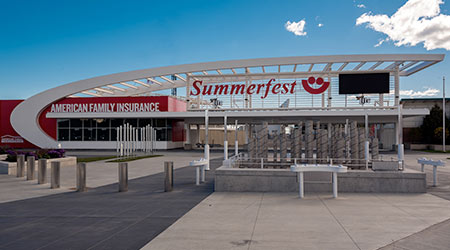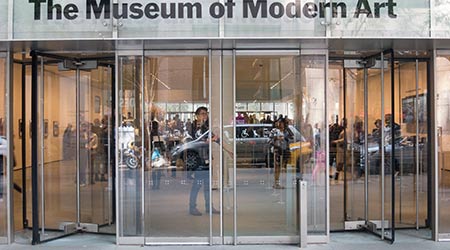
Open Flames in the Office? Magazine Says Yes
February 20, 2019
Does your facility have a policy prohibiting open flames for occupants? If not, you might want to reconsider. Joining a long list of obviously stupid things you shouldn't have to tell people not to do in an office is this one: heating up your lunch in your cubicle with a butane torch.
Flipping through Popular Mechanics — a magazine I adore — I came across an article advocating folks torch their lunches at their desks because "fire is better than the office microwave." I have admired the author's work in the past, and she has a decidedly unorthodox bent to her journalism. But advocating for fire hazards in the open office environment is where I draw the line.
To be fair, her theory is sound. Heating up leftover pizza with a butane torch produces a far tastier product than nuking it. A small culinary torch has many great uses, but it is not a tool people should use inches from a computer or near smoke detectors. You know what's a lot less fun than the office microwave? Setting off the fire sprinkler system.
What really gets me is that the author knows it's an office no-no, as she writes, "If building security finds out I have one, they will probably make me throw it away right in front of them. But they’re not going to find out, because I am going to be extremely careful not to ignite my desk while brûléeing fruit in an oven-safe casserole dish." She also advocates refilling the torch where no one will smell the fumes.
Many items that are perfectly acceptable at home have no place in the office, as facility managers well know. Perhaps because many building occupants spend so much time at work, they forget there are different rules that come into play in the office for the comfort and safety of all. Or they might truly believe a little space heater or butane torch is utterly innocuous. So it falls to managers to make known the safety parameters in their facilities, even when common sense already should have done the job.
Naomi Millán, is senior editor of Building Operating Management.
Next
Read next on FacilitiesNet












